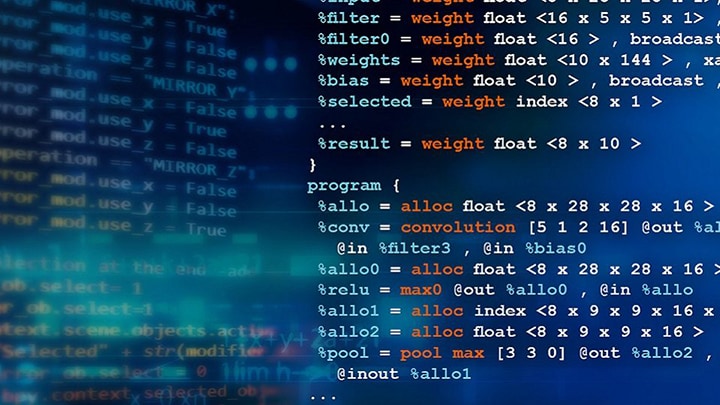Author

NXP
At NXP, innovation is always now, but our focus is always the future. Our dedicated team of experts is united by a passion to make everyday life more remarkable through technologies that continually redefine life as we know it.

Have conflicting standards and over-regulation delayed the take-up of Power Line Communication (PLC) technology and prevented it becoming an all-pervasive communications medium?
Power line communication (PLC) is an umbrella term that embraces various systems that use the electric power distribution network to carry some form of data. Other, more general, descriptors for this technology include ‘mains communication’ and ‘power line carrier’. Further terms are indicative of where the technology is deployed for example, ‘power line telecom (PLT)’ and ‘power line digital subscriber line (PDSL)’ are telephony applications while ‘power line networking (PLN)’ and ‘broadband over power lines (BPL)’ are higher data-rate systems for networking and Internet access.
Distribution networks, intended to transmit electrical power (typically AC at 50/60Hz), were clearly not designed to carry data. Consequently they have limited bandwidth so, while a voice signal modulated on a 200kHz carrier might have a range of a few kilometers, a 1MHz Internet connection will only cover a home or part of an office building. The distribution network also operates at various voltages with high- and medium-voltage from generating plant to sub-stations to lower voltage premises wiring. Applications, such as smart metering, that need to bridge transformers connecting different parts of the network, face additional challenges. Given these constraints and the diverse applications for PLC, it is perhaps not surprising that commercial developments have given rise to similar but conflicting standards.
Taking a closer look at the smart metering situation, we find industry alliances, like Prime and G3, fighting their own corner with their particular implementation of narrowband PLC, while the ITU, IEEE and other standards bodies play catch-up. And, although Prime and G3 each have well-known members that include utilities, equipment manufacturers, test labs and chip makers, it seems a number of these member companies want to be sure of backing a winner by having a foot in both camps. Meanwhile, attempts by the standards bodies to harmonize the situation simply promote an ongoing dynamic whereby everyone needs to anticipate and embrace the latest and greatest upcoming standard as with the release of the ITU-T G.hnem and IEEE P1901.2 standards.
On top of all this we have legislative issues, affecting the deployment of smart metering across the globe. For example, in Europe, the use of PLC for smart metering is confined to certain frequency bands and regulated by CENELEC. The FCC regulates such communications in the USA, while industry body ARIB undertakes a similar role in Japan. So, whereas home networking is largely a matter of consumer choice, the rollout of smart metering is a multi-way tussle between governments, utilities, equipment manufacturers and the standards bodies. No wonder we are all confused!
These issues are not going away anytime soon, so how does the designer of home networking products, smart meters or any other PLC system cope with the differing standards and applications requirements. One clear answer lies in the use of software programmable devices. And, while there are a number of high-performance, low-power microcontroller (MCU) products on the market, certain vendors have recognized the specific needs of multistandard PLC application solutions that combine the best of dedicated hardware peripherals with the upgradable flexibility of an MCU core.
Tags: Technologies

At NXP, innovation is always now, but our focus is always the future. Our dedicated team of experts is united by a passion to make everyday life more remarkable through technologies that continually redefine life as we know it.

July 15, 2020
by Tom Pannell

July 28, 2020
by Markus Levy

August 4, 2020
by Ron Martino